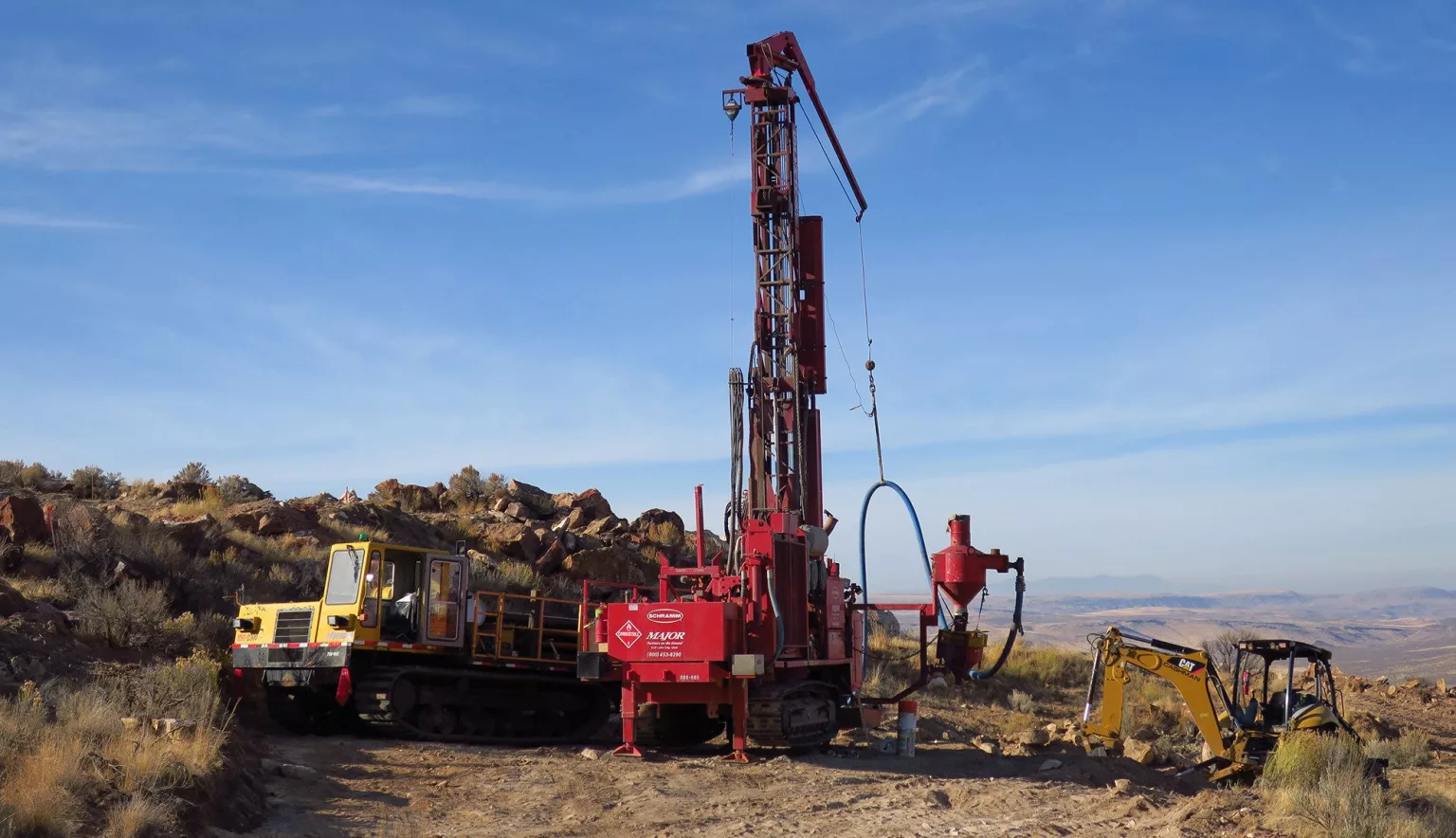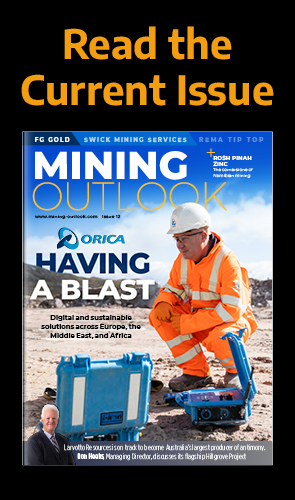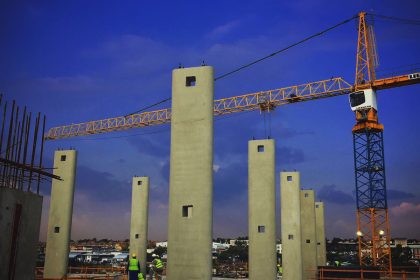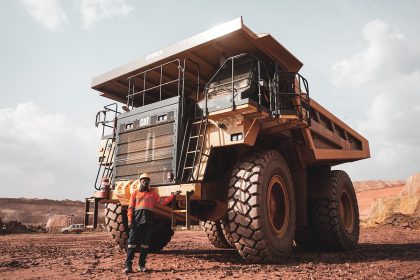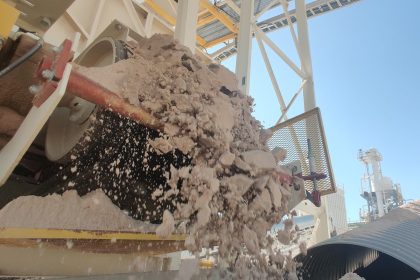Rachel Goldman, CEO at Paramount Gold Nevada, discusses her firm’s major projects in the mining industry and the importance of bringing transformation to the space.
Introduction
Paramount Gold Nevada is a company that doesn’t believe in standing still. Today, an agile and lean mentality, particularly in mining, acts as a real competitive advantage.
The company is in the business of acquiring, exploring, and developing precious metals projects in the United States. Paramount’s philosophy is to provide shareholders with industry-leading exposure to high-quality US gold assets while reducing many of the risks inherent to junior mining firms.
And leading operations at Paramount is Rachel Goldman. Indeed, Goldman took an alternative path into the mining industry and spent the first 20 years of her career working in finance. “I worked in capital markets in Canada for a number of different institutionally focused brokerage firms,” she says. “Working for a Canadian brokerage firm, you tend to have a major emphasis on the natural resource sector.
My client base included a lot of portfolio managers and other investors that focused on natural resources. I ended up interacting with many companies within that sector and it became a specialty area for me. After spending 20 years doing almost the same thing for different organizations, it was time for me to make a change.”
And change she did. Following a one-year career break, Goldman was approached to join Paramount by company Chairman Rudi Fronk who had mutual business acquaintances with Goldman. “Having met each other, we connected well, and he asked if I was interested in stepping into the CEO role,” she explains. “As a first timer, it was initially a shocking proposition, however, it has been a fantastic experience largely due to the incredible support I get from the seasoned management team and board at Paramount. There have been a number of aspects of the business that I have become familiar with in this role that I didn’t have access to when working in more of an advisory capacity.”
“Although, I must say it hasn’t all been learning on the job, I think I’ve brought insight and experience on the capital markets which are now proving helpful to broaden the company’s prospects in regard to access to capital.”
Paramount is headquartered in Nevada, however, its employees are based across North and South America. As a result, this flexibility acted as a competitive advantage when COVID-19 emerged as the team was used to operating remotely. “Our assets are pre-production stage, so we have a development asset in Oregon and an exploration focused asset in Nevada. We were very fortunate going into COVID because not having any active operations means you don’t have to worry about shutting down operations that were not necessarily designed to be shut down on short notice,” explains Goldman. “It can be difficult and costly to restart a mine once it’s been shut down and there can be unexpected challenges that result.
Secondly because our team is so accustomed to communicating electronically, it was an easy transition to operate virtually.
“Our team has not travelled in 16 months, and I haven’t been on a plane since March 2020. That’s very unusual, particularly in my role as I’d often be travelling to conferences and visiting investors but for now everything’s online. Our big deliverable in 2020 was the completion of the feasibility study on our Grassy Mountain project in Oregon. The study had reached the stage where the balance of the required work was desktop focused and hence was able to be completed on time. We are also fortunate to have several US based consultants that we work with who can handle on-site affairs, should they arise while travel is restricted.”
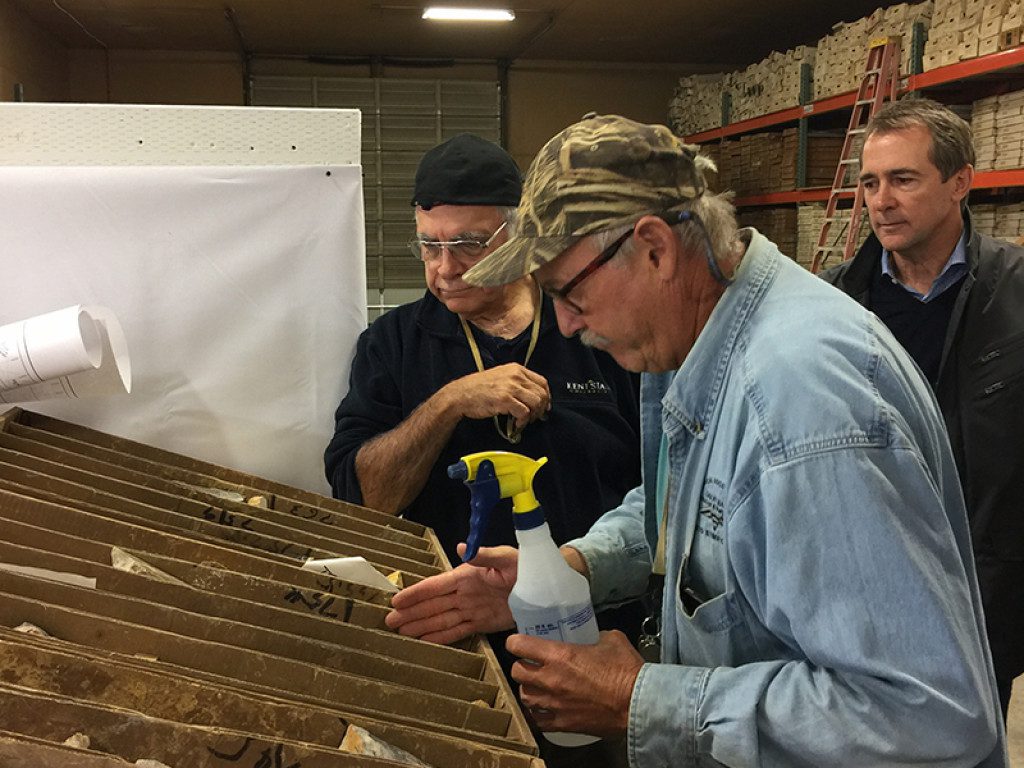
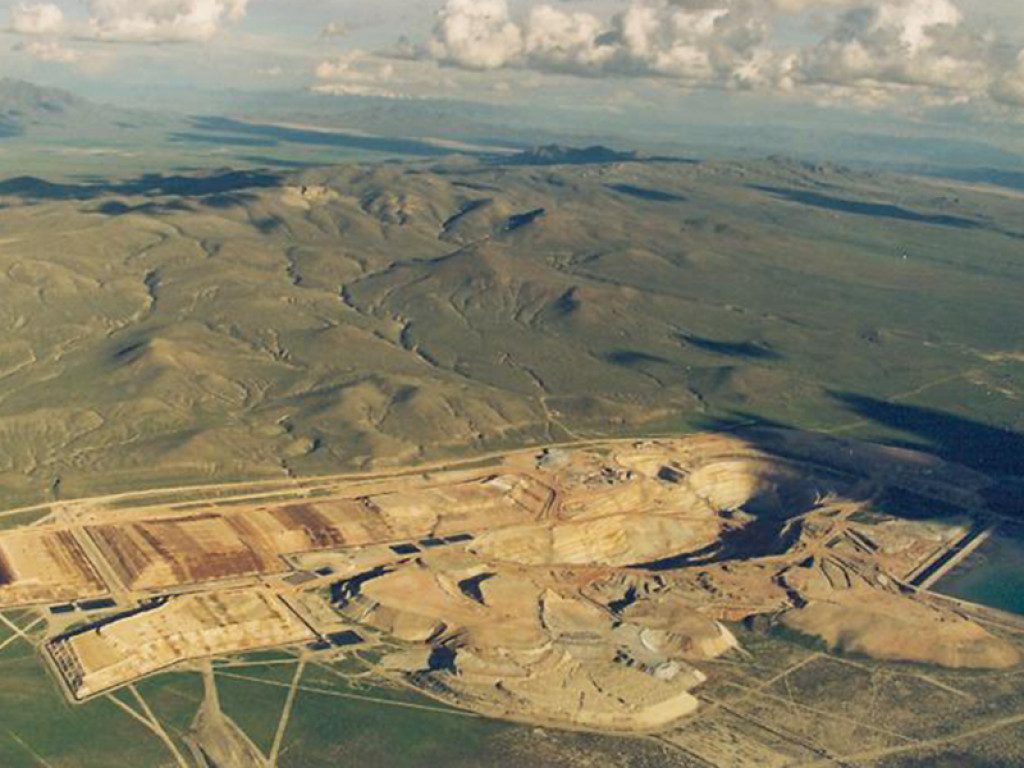
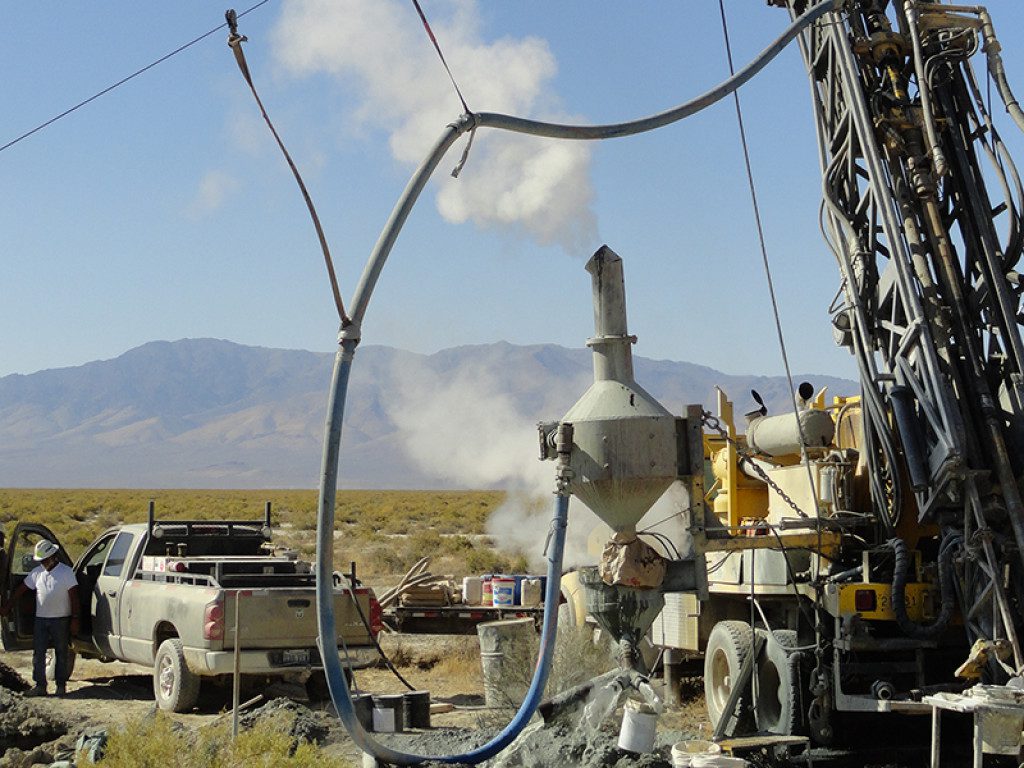
Grassy Mountain Gold Project
Located in Malheur County, eastern Oregon, the project site is based in the rolling hills of the high desert region of the far western Snake River Plain and consists of three patented lode claims where the deposit is located.
The local terrain is easier to moderate, with elevations ranging from 3,300 to 4,300 feet above the average sea level.
Paramount owns 100 percent of the private land on which the gold deposit sits and controls all mining claims within the 8,200 acre land package. Upon the acquisition of Calico Resources in 2016, Paramount has been focused on advancing the high-grade Grassy Mountain project towards production.
“In terms of the company’s positioning, it has been our singular focus since we acquired it,” explains Goldman. “Grassy Mountain had to move through successive stages of study such as a pre-feasibility study and a feasibility study so each of those steps requires a certain amount of groundwork to populate the data needed to complete those studies.”
Indeed, Grassy Mountain will be the first mine ever permitted in the state of Oregon, which has meant increased demand on management’s time and resources, as well as capital.
Goldman believes it is set to be a truly ground-breaking event.
“If you think about Oregon, it is surrounded by other states that have very active and vibrant mining industries so for this to be the first project moving through the state’s permitting process, there are a lot of eyes on what we’re doing because it will be a huge event for Paramount and the state generally,” explains Goldman.
“If it goes well, it could open up more opportunities for capital inflow into Oregon by companies looking for other deposits that are worthy of bringing into production.”
It can be difficult and costly to restart a mine once it’s been shut down and there can be unexpected challenges that result”
Rachel Goldman, CEO, Paramount Gold NevadaSleeper Gold Project
Paramount owns a 100 percent interest in the Sleeper Gold project, a former high-grade open pit gold producer located off a main highway around 25 miles northwest of the town of Winnemucca, Nevada. The Sleeper mine operated by AMAX Gold from 1986 until 1996, produced around 1.66 million ounces of gold and 2.3 million ounces of silver. Paramount has assembled a district-scale project with significant unexplored gold potential. “Sleeper is a past producing mine which was very prolific in its day as it was mining from one very high-grade vein,” explains Goldman. “Since acquiring the project, we have completed award-winning reclamation work on the property and accumulated additional land to expand our holdings. Today, in a $1,700 or $1,800 gold price environment, the project will have much more attractive economics. We are currently allocating capital towards development work at Sleeper which will include additional analysis of historical data, as well as metallurgical studies and drilling.
“Nevada is one of the world’s best mining jurisdictions and we have a great land position there. We are at a juncture where much of the hard work on permitting has been completed at Grassy Mountain, so that we now have the time and capital to allocate at Sleeper. I think that Sleeper given its well established and favourable geography will become an increasingly bigger part of the Paramount story moving forward.”
Don’t wait until people are applying to university before you showcase that mining could be a career for women”
Rachel Goldman, CEO, Paramount Gold NevadaFrost Project
In 2018, Paramount entered into an agreement with wholly-owned subsidiary of Ely Gold Royalties to purchase a 100 percent interest in 896 acres known as the Frost project.
Located in the Owyhee uplands of south-eastern Oregon, Goldman is eagerly anticipating what the future of the project could hold. “The strategic advantage of Frost is that it is only 12 miles away from our Grassy Mountain project,” discusses Goldman. “It’s an exploration property that had been drilled in the 1990s with exciting results which were never followed up on. Any significant gold discovered at Frost would be trucked to the Grassy Mountain site which would improve overall project economics and extend the mine life at Grassy.”
Women in Mining
Mining is traditionally regarded as a male-dominated industry that is old school and slower to adopt new technology and implement new processes. Reflecting on the gender divide, Goldman believes that although positive change is underway, there is still a significant gap to be bridged. “I have read that in Canada, women make up less than 20 percent of the mining industry as compared to about 50 percent of all industries, so we certainly aren’t there yet,” she discusses. “When one visits old mines, they won’t necessarily have a separate washroom for women. This is an example of basic things that have changed, but perceptions can take longer to evolve.”
Goldman believes that in order to increase women’s participation in mining, there must be a major push in schools to highlight that the industry is a viable option. “Don’t wait until people are applying to university before you showcase that mining could be a career for women,” she affirms. “There are so many different types of jobs in the industry that can suit a variety of skillsets and interests. Education is key to overcoming gender bias in the industry. Clearly there’s still work to be done but progress is being made.”
Moving forward, the target for Paramount hasn’t shifted. The organization still maintains plans to progress Grassy Mountain through permitting and into production. “That’s our key focus. We will have incremental data points that we share with the market in terms of that progress,” says Goldman. “The future of Paramount will revolve around the permitting efforts at Grassy Mountain while simultaneously advancing our Sleeper project in Nevada, and creating new opportunities to fuel growth. We are always looking for ways to de-risk and advance our assets based on the best interests of our shareholders and other stakeholders. The future is exciting.”



